Taiwan Semiconductor Manufacturing Co (TSMC, 台積電) yesterday said it has been collaborating with multiple memorychip makers in high-bandwidth memory (HBM) used in artificial intelligence (AI) applications for more than two years, refuting South Korean media report's about an unprecedented partnership with Samsung Electronics Co.
As Samsung is competing with TSMC for a bigger foundry business, any cooperation between the two technology heavyweights would catch the eyes of investors and experts in the semiconductor industry.
“We have been working with memory partners, including Micron, Samsung Memory and SK Hynix, on HBM solutions for more than two years, aiming to advance 3D integrated circuit [IC] design by delivering more memory capacity,” TSMC said in a statement.
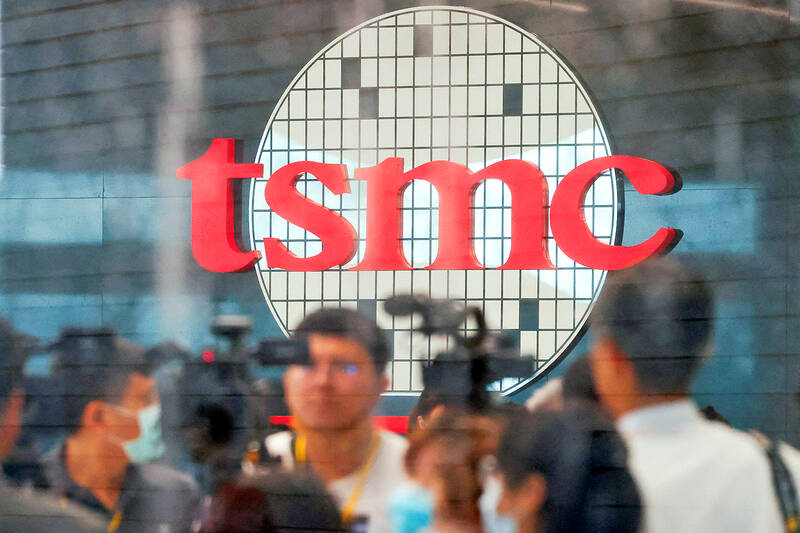
Photo: Ann Wang, Reuters
“These cross-industry collaborations aim to provide designers with a full spectrum of proven solutions to tackle the rapidly growing demand in AI,” TSMC added.
TSMC, the world’s largest foundry service provider, has for the first time talked about its collaboration with Samsung Electronics, BusinessKorea reported on Thursday.
“Samsung and TSMC are jointly developing buffer-less HBM,” BusinessKorea quoted TSMC’s Ecosystem and Alliance Management head Dan Kochpatcharin as saying.
The collaboration is to start with HBM4, which is scheduled for mass production in the second half of next year, the magazine said.
The report contradicted a statement released by TSMC in 2022.
The company said that Samsung Memory was among the members of the newly created Open Innovation Platform (OIP) 3DFabric Alliance, together with US memorychip maker Micron Technologies Inc and SK Hynix Inc of South Korea among others. The alliance was initiated by TSMC.
Samsung Electronics memory product planning group vice president Kyungsoo Ha at the time said that by joining TSMC’s OIP 3DFabric Alliance, Samsung Memory would be able to further expand the scope of work and delivery of solutions for future HBM generations to help customers unleash system-level innovations.
TSMC last year said the alliance has made achievements through collaboration with key memory partners, including Micron, Samsung Memory and SK Hynix, to drive rapid growth in HBM3 and HBM3e to advance generative AI systems by delivering more memory capacity.
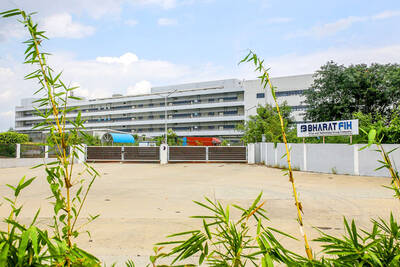
SETBACK: Apple’s India iPhone push has been disrupted after Foxconn recalled hundreds of Chinese engineers, amid Beijing’s attempts to curb tech transfers Apple Inc assembly partner Hon Hai Precision Industry Co (鴻海精密), also known internationally as Foxconn Technology Group (富士康科技集團), has recalled about 300 Chinese engineers from a factory in India, the latest setback for the iPhone maker’s push to rapidly expand in the country. The extraction of Chinese workers from the factory of Yuzhan Technology (India) Private Ltd, a Hon Hai component unit, in southern Tamil Nadu state, is the second such move in a few months. The company has started flying in Taiwanese engineers to replace staff leaving, people familiar with the matter said, asking not to be named, as the
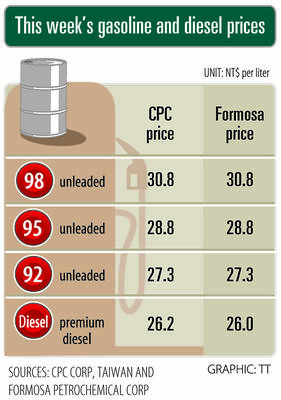
The prices of gasoline and diesel at domestic fuel stations are to rise NT$0.1 and NT$0.4 per liter this week respectively, after international crude oil prices rose last week, CPC Corp, Taiwan (台灣中油) and Formosa Petrochemical Corp (台塑石化) announced yesterday. Effective today, gasoline prices at CPC and Formosa stations are to rise to NT$27.3, NT$28.8 and NT$30.8 per liter for 92, 95 and 98-octane unleaded gasoline respectively, the companies said in separate statements. The price of premium diesel is to rise to NT$26.2 per liter at CPC stations and NT$26 at Formosa pumps, they said. The announcements came after international crude oil prices
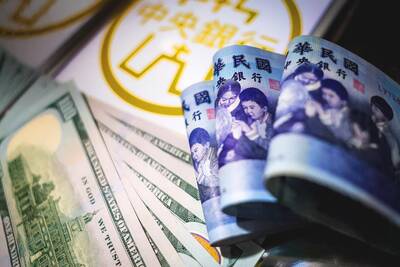
DOLLAR SIGNS: The central bank rejected claims that the NT dollar had appreciated 10 percentage points more than the yen or the won against the greenback The New Taiwan dollar yesterday fell for a sixth day to its weakest level in three months, driven by equity-related outflows and reactions to an economics official’s exchange rate remarks. The NT dollar slid NT$0.197, or 0.65 percent, to close at NT$30.505 per US dollar, central bank data showed. The local currency has depreciated 1.97 percent so far this month, ranking as the weakest performer among Asian currencies. Dealers attributed the retreat to foreign investors wiring capital gains and dividends abroad after taking profit in local shares. They also pointed to reports that Washington might consider taking equity stakes in chipmakers, including Taiwan Semiconductor
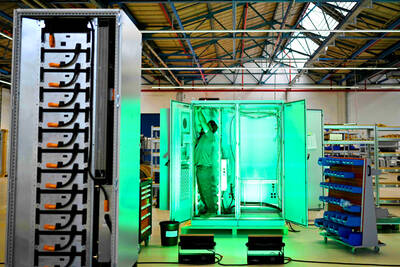
A German company is putting used electric vehicle batteries to new use by stacking them into fridge-size units that homes and businesses can use to store their excess solar and wind energy. This week, the company Voltfang — which means “catching volts” — opened its first industrial site in Aachen, Germany, near the Belgian and Dutch borders. With about 100 staff, Voltfang says it is the biggest facility of its kind in Europe in the budding sector of refurbishing lithium-ion batteries. Its CEO David Oudsandji hopes it would help Europe’s biggest economy ween itself off fossil fuels and increasingly rely on climate-friendly renewables. While